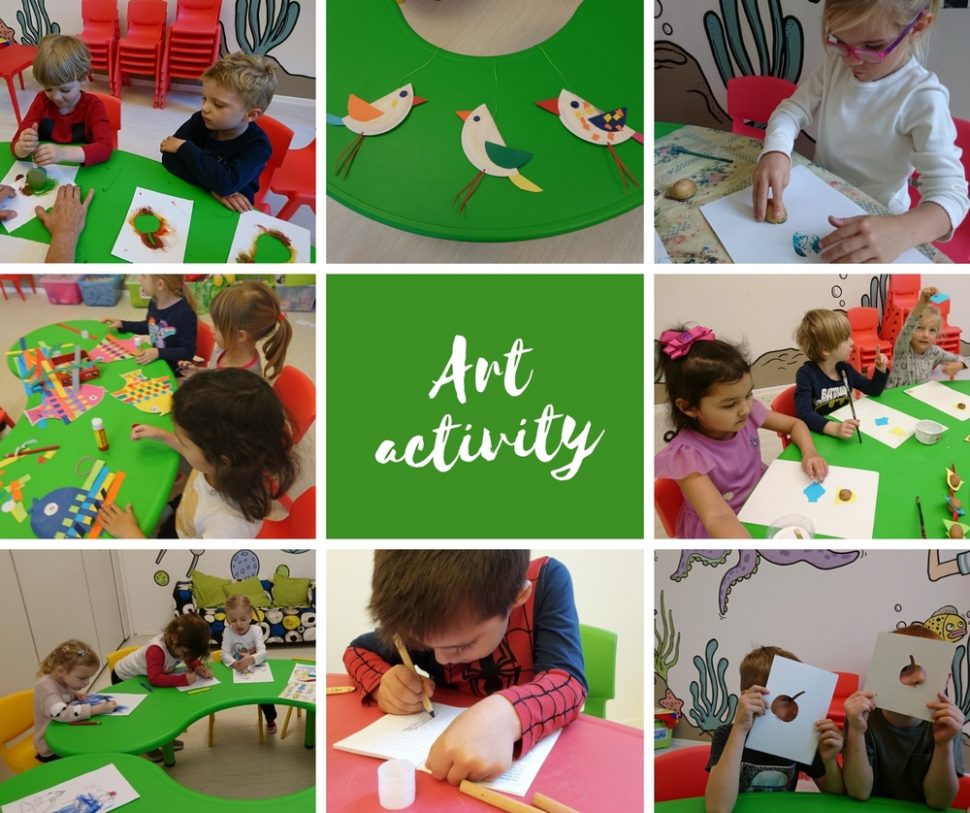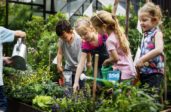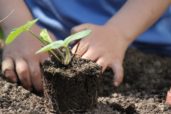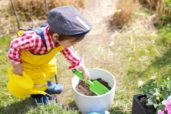Art activity in kindergarten

The practice of pre-school education, as well as the FEP PV, does not operate with art education as a field, as it is not about educating children in this field. However, as art activities represent one of the important means of developing a child’s personality, it is desirable for them to be sufficiently used in fulfilling integrated blocks-topics.
An important part of children’s artistic activities are also motivational games that introduce the child better to a specific topic, acquaint him with art materials, techniques, etc. This motivation must not be artificial, but will naturally be based on the topic (integrated block) or a situation.
It is also important that the child:
- gains the ability to express their ideas in drawing, painting or modeling
- displays without prior drawing and directly draws or paints on paper or other substrate and uses entire surface of the substrate
- is acquainted with color mixing, is not afraid to work with detail
- gains interest in arts, architecture, design
- learns to perceive natural shapes, to work with natural materials
- is not afraid to work with atypical materials, aids and tools
- is acquainted with contemporary art, selected artists, artistic directions
What art techniques can we use with preschool children?
For example, drawing, painting, modeling, action tendencies (alternation of different tools, materials, modeling materials)
And what can we draw or create with children?
- the figure and its changes over the centuries – a demonstration of various styles of painting and drawing of the human figure from prehistory to the present
- try pencil, wax, charcoal, ore, chalk drawing, wash drawing, monotype, etc.
- try painting with a brush, toothbrush, dish sponge, etc.
- body-art – demonstration of various ways of creation – painting with hands, feet, whole body, imprints of body parts in sand, snow …
- land-art – drawing in nature with natural material – a twig in the sand, stone or carbon on concrete.
How can we develop artistic feeling and interest in art in children?
- direct observation of natural and cultural phenomena:
- Visiting galleries, exhibitions, observing sculptures and other objects around the child and the school
- observing nature – trees, plants, animals …, collecting natural materials in different seasons
- observation of common objects – acquaintance with proportions, colors, materials, shapes
- spontaneous play and experiments with materials, objects, tools, materials intended for artistic activity, acquaintance with various materials – natural, waste, residual
- specific art operations with materials, find out what I can do with the material, example – paper:
- cut, tear, squeeze, fold
- get to know different types of paper
- examine the structure of paper
- get acquainted with the production of handmade paper
- make a thing out of paper – box, bag, envelope …
- combinations of other materials with paper, etc.
- play games that support creativity, imagination, image memory: composing a specific shape from colored pieces of paper or fabric, decorating a natural or other object, various types of packaging objects
- activities aimed at recognizing figurative sign systems – letters, pictograms, symbols …


